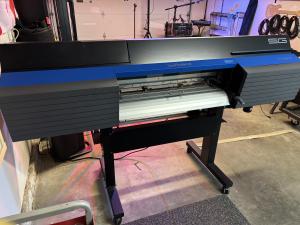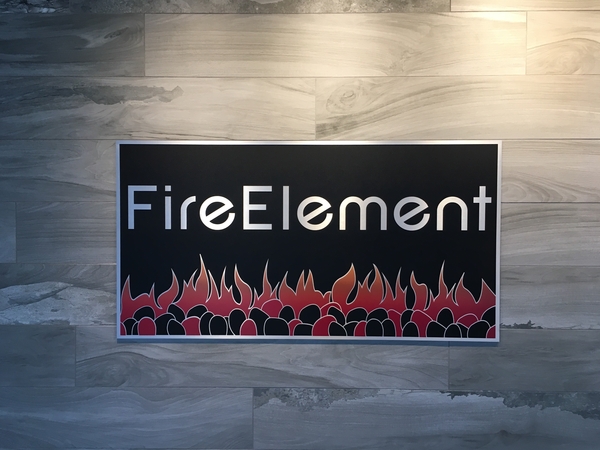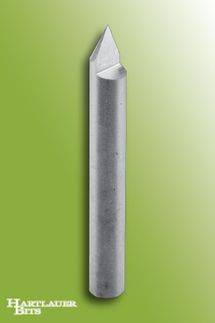What’s new in OOH

The non-addressable OOH advantage
At its core, OOH is overwhelmingly a medium for ‘make them love us’ campaigns, providing a large-scale creative canvas that can capture the attention of a broad audience in the context of the moment and inspire recall. Among Millennial and Gen Z audiences, more than 60 per cent of respondents in a survey from the Harris Poll and the Out of Home Advertising Association of America (OAAA) revealed they not only recall seeing OOH ads, but also they are more likely to share images of standout OOH ads on social platforms.² OOH ads also stand out, in that they can’t be blocked by ad blockers as is the case with online and mobile. They are also consumed in one place so, as populations continue to grow and remain active, the potential audience increases as well.
Typically, the same OOH ad plays to multiple people simultaneously, so they are non-addressable, like TV. They are also tangible, with each screen commanding a physical location and offering contextual opportunity. The contextual benefits of DOOH are expansive. Not only can advertisers easily target campaigns with parameters based on weather, time of day, traffic conditions, and other triggers, but messaging can also be geo-targeted.
Programmatic is the game changer for DOOH in this respect, and many OOH-specialty DSPs now offer a range of similar parameter settings out of the box. Automating the transaction process, programmatic technology is democratizing OOH—making the medium more accessible and cost-efficient compared to addressable media, especially for niche brands who cannot afford to compete in or will not find value in the world of addressable ads. Programmatic DOOH (pDOOH) also gives media buyers more flexibility, which has proven crucial throughout the pandemic when campaign messaging has required a rapid change due to global conditions, or as ad budgets have shifted.
Online and mobile versus TV
Online and mobile advertising, commonly referred to as digital advertising, currently represents almost half of all media spend. It is largely programmatic in nature and has been that way for quite some time, which has made it easy to buy and sell. However, it is also almost exclusively addressable, which does not bode well for mass brands, whose target audience is a large chunk of the population.
This is one of the reasons we tend to see mass brands invest more in OOH and/or TV. TV is a medium built for ads that inspire brand loyalty (and water cooler buzz). However, TV has changed significantly in recent years with the rise of many streaming platforms. TV is no longer consumed linearly as traditional broadcasts, and audiences are highly fragmented. The rise of CTV, which enables personalization, is making TV advertising addressable and skippable, and some paid streaming services do not support ads. These challenges extend into audio, another medium that has exploded with the introduction of podcasting.

Bracing for a non-addressable future
The ad world is undergoing a monumental transformation with the impending death of the cookie. The brands and media buying agencies must consider new strategies and tactics outside of traditional digital and TV advertising, because old tactics just will not yield the results they once did. Even though OOH has been around the block, its moment to shine is here. OOH’s non-addressable nature makes it an ideal medium for reaching mass audiences, and programmatic advancements are making contextual targeting simpler while also streamlining how the medium is bought and sold. Digital and TV advertising are not going away, but integrating them with OOH in an omni-channel approach can deliver an impact unlike any single channel alone.
pDOOH technology will have a valuable role to play in driving the industry forward in 2022 and beyond.
Notes
¹https://www.prnewswire.com/news-releases/global-35-billion-digital-out-of-home-ooh-market-to-2027-eco-friendly-designs-sleeker-hardware–smarter-software-proliferate-dooh-domain-301336353.html, July 2021
²https://www.campaignlive.com/article/want-reach-gen-z-ooh-ads-social-media-help/1733497, November 2021
Chad Borghol is director of sales at Broadsign.







